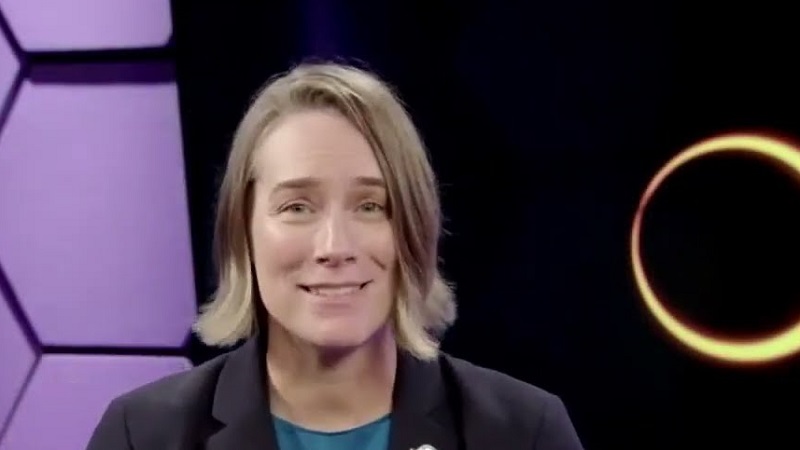Local News
The flight director of NASA talks about a total solar eclipse

Little Rock, Arkansas – Now, only one month remains until the much anticipated total solar eclipse! On April 8, many Arkansans will experience a temporary change from daylight to night for as long as four and a half minutes.
Not only are people in the Natural State thrilled about this uncommon occasion, but NASA HQ’s Flight Director Nicki Rayl has been looking forward to it for years!
Her live chat with us from NASA’s Goddard Space Flight Center in Maryland allowed her to address many of our urgent queries regarding this once-in-a-lifetime opportunity.
Although we are aware that the sun will eventually set behind the moon and the sky will get dark, what precisely happens before then, and what will be visible when it does?
“We’re so excited for this event. The moon is going to fully block out the light from the sun. You’re going to have prime total eclipse viewing in Little Rock, which is fantastic. So as the moon blocks the visible light from the sun, we’re gonna experience darkness for up to four and a half minutes,” Rayl explained. “This eclipse is going to go all the way from Texas up to Vermont. With the visible light blocked out, we’re going to see four and a half minutes of totality depending on where you are. It’s going to be a fantastic event to really experience the absence of light from the sun.”
Arkansas is the ideal location to watch this historic event because it is located in the path of totality. The only occasion when the corona, or the sun’s outer atmosphere, is visible to the naked eye is during a solar eclipse.
“Those wispy outer laters that are going to wrap around that eclipse event,” she described.
While many of us plan on viewing this eclipse recreationally, what sort of thing are scientists looking out for during this event?
“So we are looking at, you know, coronal mass ejections and flares, things that are happening that we usually can’t visualize in the bright light of the sun. We’re also looking at how the energy transfers from the sun into the Earth’s upper atmosphere or ionosphere driving solar weather and activities that we can’t see in the bright light of the sun on a normal day,” Rayl said.
Most Arkansans are aware that this event will occur by now, but what impact will the eclipse have on the state’s wildlife?
“It’s gonna feel like dusk to animals. We’ve learned from past eclipses that this does mess up, you know, animals’ kind of sense of day and night. Most of our lives and our animals’ life cycles are governed by day and nightlife cycles,” she described. “So these four and a half minutes are going to be a real opportunity for you to observe, not only with yourself and your families but what’s going on with wildlife around you and how it changes in those four and a half minutes.”
NASA advises using safe handheld viewers or eclipse glasses to observe the eclipse safely. They emphasize that regular sunglasses are unsafe for seeing the sun and should not be used by anyone. Any solar eclipse glasses that are bought have to meet the international standard ISO 12312-2.
-

 Local News2 days ago
Local News2 days agoFormer publisher of National Enquirer reveals 2018 hush money discussions with Governor Sanders
-

 Local News2 weeks ago
Local News2 weeks agoWheelchair ramp constructed by Ozark Mission Project for elderly woman in need
-

 Local News2 weeks ago
Local News2 weeks agoA four-week closure is planned for North Rodney Parham Road
-

 Local News2 weeks ago
Local News2 weeks agoA cerebral palsy-afflicted Boy Scout creates a special route to become an Eagle Scout
-

 Local News2 weeks ago
Local News2 weeks agoThe Quorum Court of Saline County rejects the Arkansas Abortion Amendment
-

 Local News2 weeks ago
Local News2 weeks agoA mobile clinic for opioid health opens in Malvern
-

 Local News2 weeks ago
Local News2 weeks agoIncome-based scholarship program launched by Reform Alliance
-

 Local News1 week ago
Local News1 week agoOpvee, an additional opioid overdose reversal medication, helps in the fight against the opioid crisis






Leave a Reply